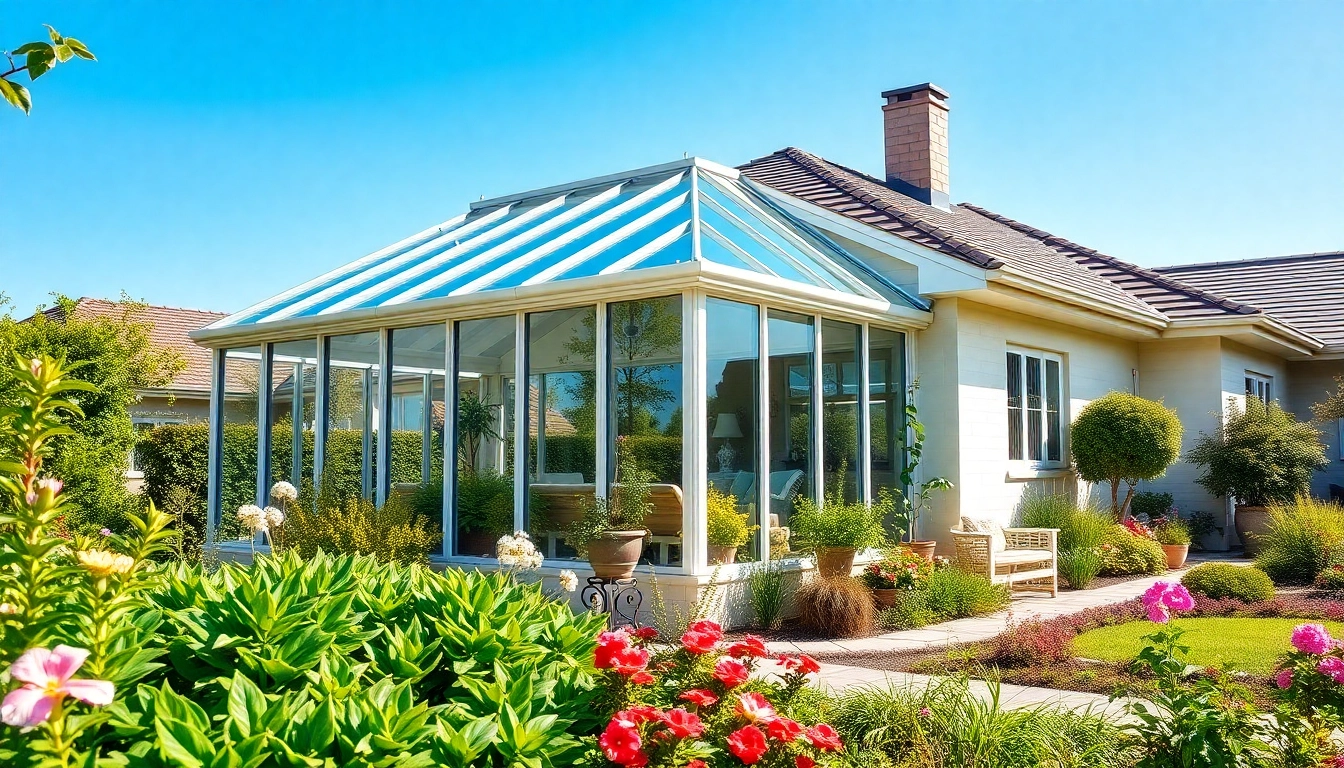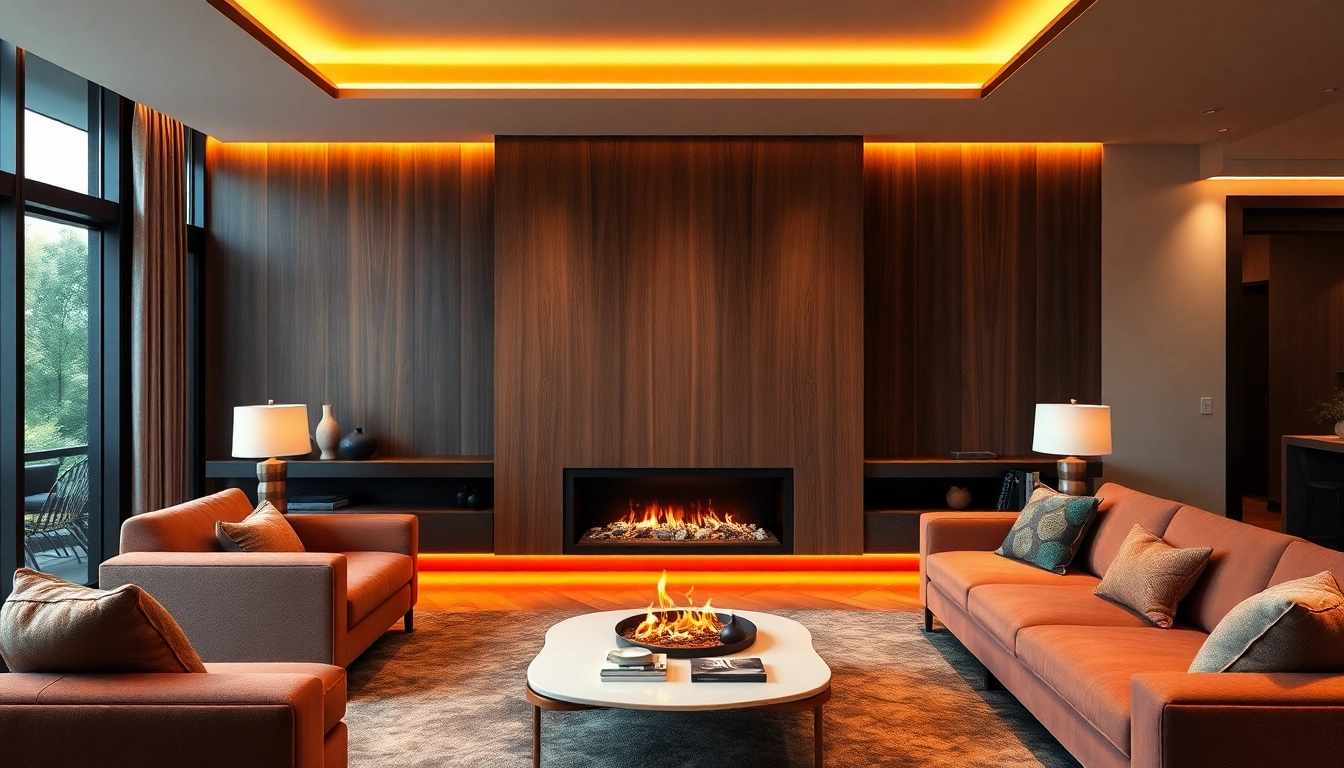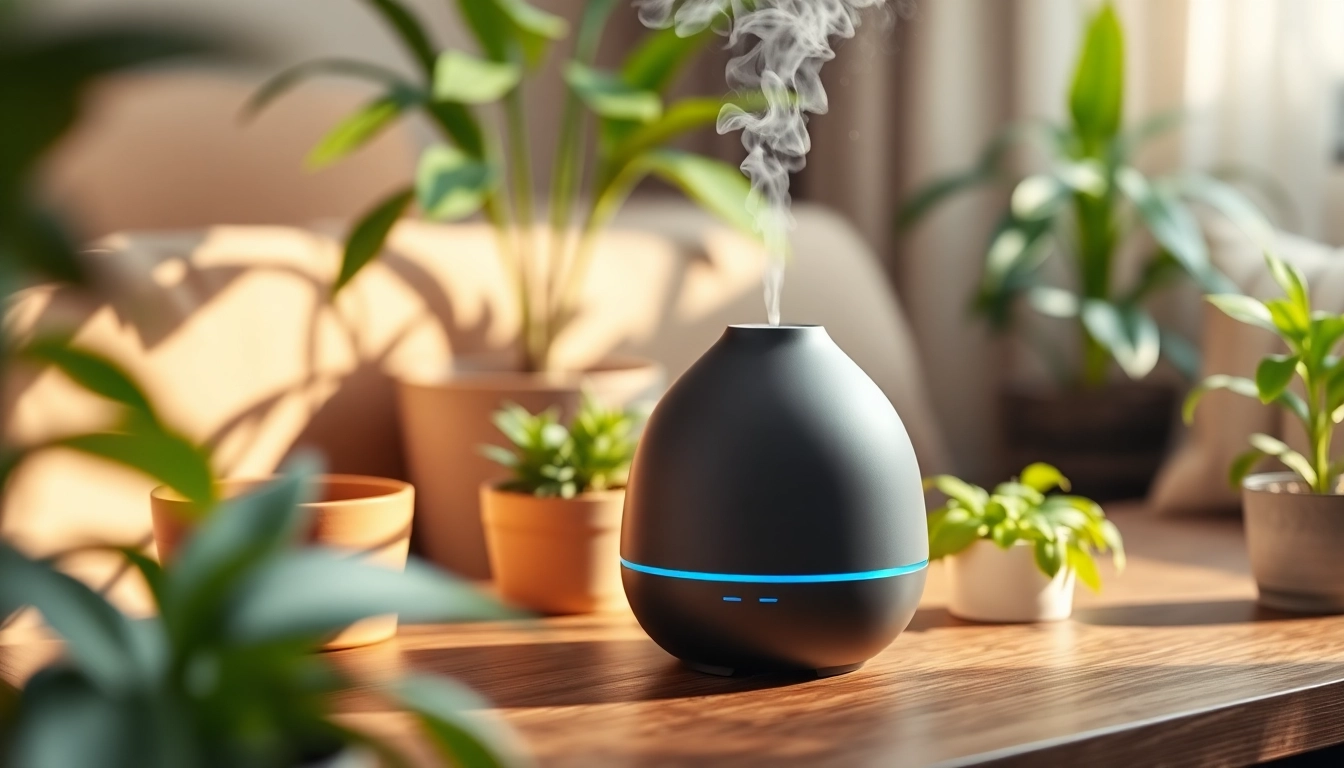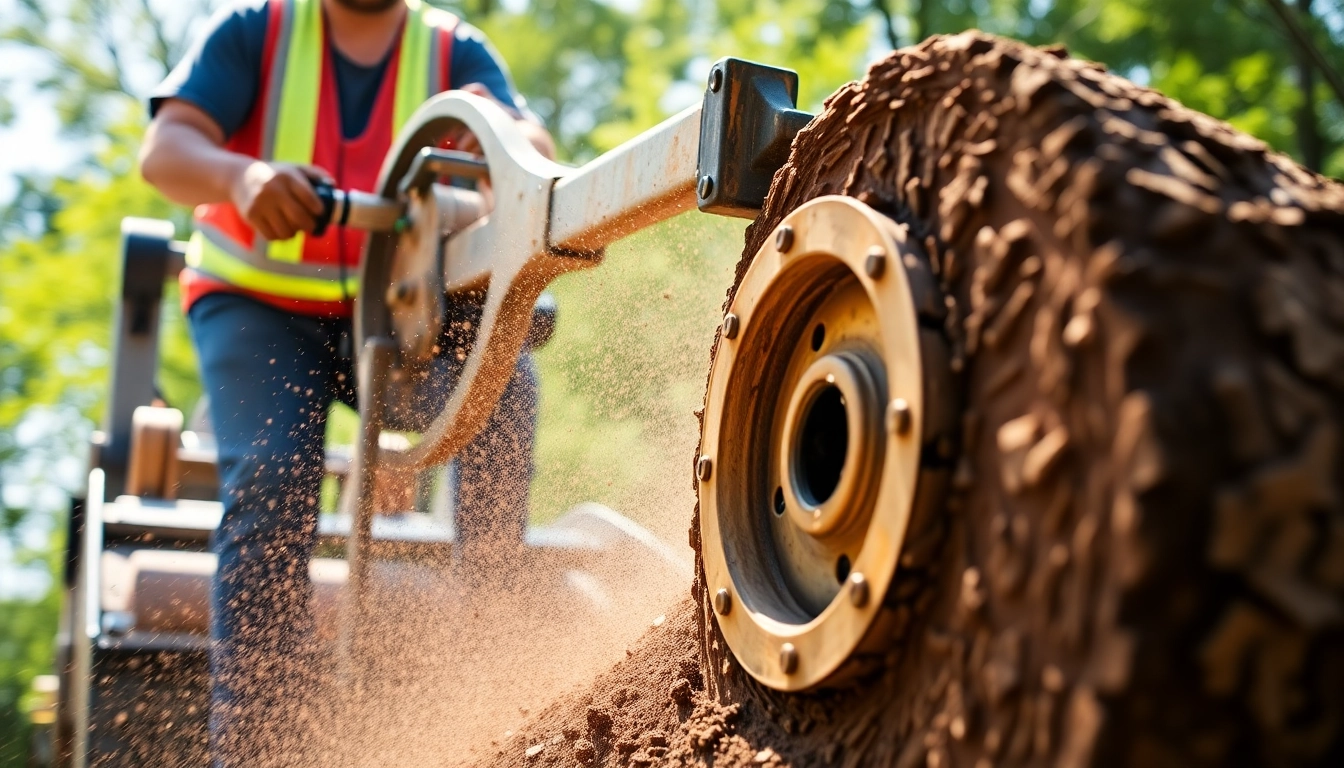Benefits of an Attached Greenhouse Sunroom
Year-Round Gardening Potential
One of the most significant advantages of incorporating an attached greenhouse sunroom into your home is the ability to garden year-round. Unlike traditional outdoor gardens that are seasonal, an attached greenhouse allows for a controlled environment. This means that regardless of the external weather conditions, you can cultivate plants, vegetables, and herbs throughout the year. With the right technology in place, such as temperature and humidity controls, you can create a microclimate suited for plant growth at any time.
Additionally, this form of gardening is suitable for various species, from tropical plants that require warmth to hardy varieties that can withstand cooler temperatures. The greenhouse sunroom enables you to experiment with your gardening skills without the limitations imposed by the seasons. This versatility expands your gardening knowledge and keeps you engaged with your passion throughout the year.
Energy Efficiency and Home Value
Integrating an attached greenhouse sunroom can positively impact your home’s energy efficiency. Glass structures harness sunlight, allowing natural light to fill your home while reducing dependence on artificial lighting during the day. This can lead to lower energy bills and a smaller carbon footprint.
Moreover, adding an attached greenhouse can increase the value of your property. Buyers often look favorably upon unique features that enhance living spaces and provide functional benefits. As the trend toward sustainable living continues, homes with attached greenhouses may stand out to potential buyers, translating into a higher market value and quicker sales.
Improved Natural Light in Your Home
Naturally, one of the most enticing benefits of an attached greenhouse sunroom is the influx of natural light. The use of floor-to-ceiling glass allows for maximum sunlight penetration, creating a bright and inviting atmosphere. Natural light has been linked to improved mood and well-being, making your home feel warmer and more welcoming.
The additional sunlight not only benefits your plants but can also brighten your living spaces, decreasing the need for harsh artificial lighting. This can create an inviting ambiance, making the greenhouse sunroom a perfect retreat for relaxation, reading, or enjoying a morning coffee surrounded by greenery.
Choosing the Right Design for Your Attached Greenhouse Sunroom
Styles that Complement Your Home
When selecting a design for your attached greenhouse sunroom, it is crucial to consider styles that enhance your existing architecture while meeting your functional needs. Common designs include lean-to greenhouses, gable roofs, and curved structures. Each style offers a unique aesthetic appeal, allowing you to select a greenhouse that harmonizes with your home.
For instance, lean-to greenhouses can be visually seamless by attaching directly to the side of your home, complementing the structure while utilizing its wall for added stability. Gable-roof greenhouses often present an elegant, traditional look while providing ample vertical space for plants. Curved structures can introduce a modern touch and enhance airflow and light distribution, making them both functional and visually striking.
Essential Features to Consider
Several key features should be integral to your design. First, consider the orientation of your greenhouse sunroom. Ideally, it should face south or southwest to maximize sunlight exposure throughout the day. Furthermore, adequate ventilation is vital for maintaining the health of your plants and the comfort of the space.
Another essential aspect is the materials used in the construction. While glass is the traditional choice for such greenhouses, options such as polycarbonate and acrylic provide excellent insulating properties and can be more durable against impacts. Additionally, include features like automated venting systems and temperature controls to enhance its functionality throughout the seasons.
Budgeting for Your Project
Before embarking on the construction of your attached greenhouse sunroom, it is essential to establish a realistic budget. Costs can vary widely based on size, materials, and additional features like heating, cooling, or irrigation systems. Preliminary estimates should include the purchase of materials, labor, permits, and any additional landscaping required.
To optimize your budget, consider sourcing materials locally to reduce transportation costs. Additionally, opting for basic designs can significantly cut initial expenses. Future upgrades can be made once the structure is established. This approach helps maintain quality while managing costs effectively.
Common Challenges When Building an Attached Greenhouse Sunroom
Planning and Zoning Regulations
Before starting your project, it is crucial to familiarize yourself with local planning and zoning regulations. Some areas may have restrictions on the types of structures you can build, particularly close to property lines or among certain subdivisions. Additionally, permits may be required for construction. Contacting local authorities and consulting your neighbors can preemptively resolve any potential legal issues.
Understanding zoning laws also helps you avoid costly adjustments later during or after construction. Engaging with a structural designer familiar with local rules may help ensure your attached greenhouse sunroom meets all necessary regulations from the outset.
Climate Control Considerations
Climate control is a vital aspect of maintaining a healthy environment for your greenhouse plants. An attached greenhouse often experiences different temperatures than the rest of your home, especially if it is poorly insulated. As a result, investing in heating during colder months and cooling solutions during summer is essential. Options may include radiant floor heat, fans, or portable air conditioning units.
Additionally, consider the implications of humidity control. Excess moisture can lead to mold and plant diseases, while too little humidity can dry out plants. Using humidity monitors, misters, or dehumidifiers helps create a balanced climate for your growth.
Structural Integrity and Construction
Ensuring your attached greenhouse sunroom’s structural integrity is crucial to its longevity and safety. It requires a sturdy foundation that can withstand wind loads, snow weight, and the natural movement of the soil beneath it. Consulting an engineer or a residential contractor with expertise in greenhouse design is highly advisable.
Moreover, proper installation of glass panels, insulation, and ventilation systems are essential to prevent issues later down the lane. Maintain a detailed construction timeline and secure reliable contractors to manage the process efficiently. This approach can help avoid significant issues during or after the build.
Maintenance Tips for Your Attached Greenhouse Sunroom
Keeping Your Plants Healthy
Regular maintenance of your plants is imperative to keep your attached greenhouse sunroom thriving. Start by establishing a consistent watering schedule that considers seasonal changes and the specific needs of your plant varieties. Use appropriate soil, fertilizers, and companion planting strategies to promote healthy growth.
Monitoring for pests and diseases should also be part of your maintenance routine. Implement organic pest control methods, such as introducing beneficial insects or using neem oil, to manage infestations without harming your plants or the environment.
Glass Maintenance and Cleaning
Maintaining the glass that comprises your greenhouse is crucial for sunlight penetration and overall aesthetic appeal. Regular cleaning with a soft cloth and non-toxic cleaner will prevent the buildup of dirt, grime, and algae, allowing maximum light to enter.
Inspect the seals and joints regularly to ensure there are no leaks. Addressing issues promptly can prevent more significant structural problems in the future while keeping your plants safe and sound.
Seasonal Preparations
As the seasons change, so do the needs of your greenhouse sunroom. Preparing for each season is vital to maintain plant health and energy efficiency. During the spring and summer months, ensure proper ventilation systems are functioning to handle higher temperatures. Shade cloths may also be beneficial in regulating temperatures when needed.
As fall approaches, begin transitioning your plants into their winter care routines. This could involve adjusting watering schedules and introducing heaters if necessary. Early preparations for winter storms, such as reinforcing glass panels and ensuring drains are clear, will safeguard your greenhouse against adverse weather conditions.
Inspiring Ideas for Your Attached Greenhouse Sunroom
Creative Plant Arrangements
Using decorative plant arrangements can transform your attached greenhouse sunroom into an enchanting space. Varieties of shelving, hanging planters, and vertical gardens allow for creative use of space while providing an eye-catching display. Use color, texture, and height variations to create visually appealing arrangements.
Incorporating edible plants alongside ornamental species can enhance the space’s aesthetics and utility. Imagine the satisfaction of growing your own herbs, tomatoes, and peppers intermingled with beautiful flowers. This approach not only creates an inviting atmosphere but keeps gardening enjoyable and fruitful.
Designing Cozy Seating Areas
Your attached greenhouse sunroom can serve as a peaceful retreat by incorporating cozy seating areas. Consider using weather-resistant furniture that complements the natural surroundings and allows for relaxation among your plants. Adding cushions and throw blankets enhances comfort while creating inviting spaces for reading or enjoying a cup of tea among greenery.
Position seating to take advantage of natural light and views, encouraging a space where you can unwind and find peace. This feature fosters an emotional connection between you and your botanical haven, making your greenhouse a cherished part of your home.
Integrating Tech for Smart Gardening
Advances in gardening technology have made it easier than ever to maintain an attached greenhouse sunroom. Consider integrating smart irrigation systems, automated temperature controls, and climate monitors to create an efficient and easy maintenance regime. This type of technology takes the guesswork out of plant care, allowing you to optimize growing conditions.
Furthermore, using apps to track plant care schedules and monitor growth can enhance your gardening experience. Creating a balance between nature and technology in your greenhouse encourages innovative gardening techniques while ensuring successful plant growth.



